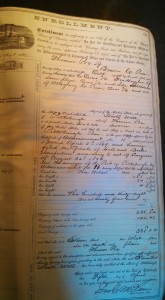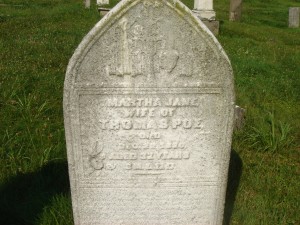Str Nick Wall
The str Nick Wall, a trim sternwheel wooden hull packet built in Pittsburgh, PA in 1869 (180x33x5) and rated at 388 tons, was named to honor the famed Missouri River captain Nicholas Wall. Owned by Capt Jackman T Stockdale, Capt Thomas W Poe, and others from Georgetown, the Nick Wall was designed specifically for upper Missouri River commerce – the best mountain boat of the time according to Fredrick Way’s Packet Directory[1].
Loaded with freight for Ft Benton, Capt Poe was the first arrival in the spring of 1870. On May 26, the Nick Wall docked with 200 tons of freight and 36 passengers. Gen Philip Sherman and his staff boarded the Nick Wall for down river trip. The down passenger count was 25. Freight downward was unrecorded.[2]
Commerce in 1870 to Ft Benton was off for the second year. Interest was focused on the Blackfeet War after so many whites had been slain in the bloody summer of 1869. Downward cargo was also small especially after the US government quarantined two-hundred (200) tons of buffalo robes because of a smallpox outbreak during the winter among the Indians. Passenger traffic was modest because the gold rush had all but ended.
On Sunday night Dec 18, 1870, the Nick Wall met a tragic end when it snagged and sunk near Napoleon, AR with 15 cabin and 135 deck passengers. Here a grisly incident occurred that Mark Twain retold in “Life on the Mississippi”. Though injured himself by the falling roof Capt Thomas W Poe, attempting to save his wife trapped in a stateroom, chopped a hole in the roof with an ax striking the unfortunate Martha Jane (Troxell) Poe in the head.[3] Her body was returned to Georgetown for burial. Thirty-nine lives, nine cabin and thirty deck passengers, were lost including Capt Poe’s nephew, Charles McClure.
The New York Times reported on the tragedy for two days. Each update listed more passenger bodies recovered. The NY Times report dated 21 Dec 1870. listed the number of bodies at 17 persons. The NY Times report dated 22 Dec 1870 raised the toll to 39 bodies The total number will never be known.
For a cabin passenger’s eye witness report of the disaster, see the New York Times article dated Dec 23, 1870.
At the time of the wreck, the Nick Wall was downbound between St Louis and New Orleans. Many of the passengers were Texas bound having boarded in Memphis and St Louis. Most had lost their property and other belongings during the Civil War and as a result decided to immigrate to Texas to begin anew. In addition to her passengers, the Nick Wall carried a cargo of 3,000 barrels of flour, 900 barrels of pork, and forty wagons. The Nick Wall floated three miles when the Capt JD Clark master of the Seminole rescued many of the survivors.
A pecular aftermath occurred in Oct 1871. Capt Poe’s str Mary E Poe broke an engine.[4] Capt Poe limped to the site of the Nick Wall wreck, dug out of the mud a replacement engine, and her engineers successfully installed it.
Napoleon, AK, near the confluence of the Arkansas and Mississippi Rivers no longer exists. The once thriving river port was washed away when the Mississippi River overflowed its banks in 1874.
Nicholas Wall was a steamboat captain in the 1840s and an aspiring businessman in the 1860s. During the Civil War a small number of St Louis businessmen, including Nicholas Wall and Josiah Fogg, organized the American Exploring and Mining Company. Their company announced plans to run a regular line of packets to Ft Benton. No doubt Capt Jackman T Stockdale and Capt Thomas W Poe knew Wall personally to bestow the honor of naming their packet after him.
References.
[1] Frederick Way, Jr.,Way’s Packet Directory, 1848-1994, (Ohio University Press, Athens 1994), p. 347-348.
[2] Joel Overholser, Fort Benton World’s Innermost Port, (River & Plains Society, 1987), p. 77.
[3] Capt Frederick Way, Jr., The Steamboating Poe Family, (S&D Reflector (Dec 1965)).
[4] Frederick Way, Jr.,Way’s Packet Directory, 1848-1994, (Ohio University Press, Athens 1994), p. 348.
Copyright © Francis W Nash
All Rights Reserved

